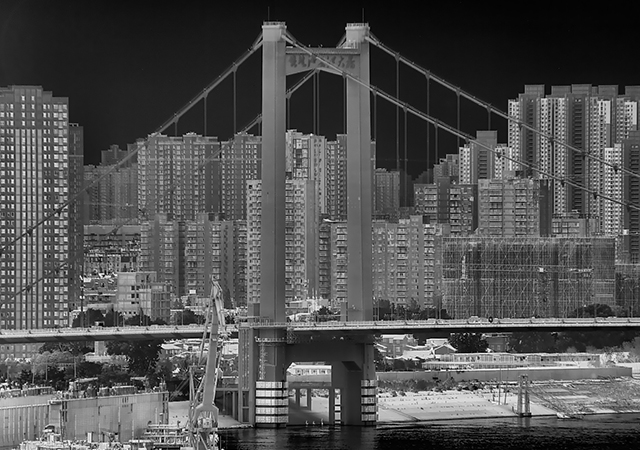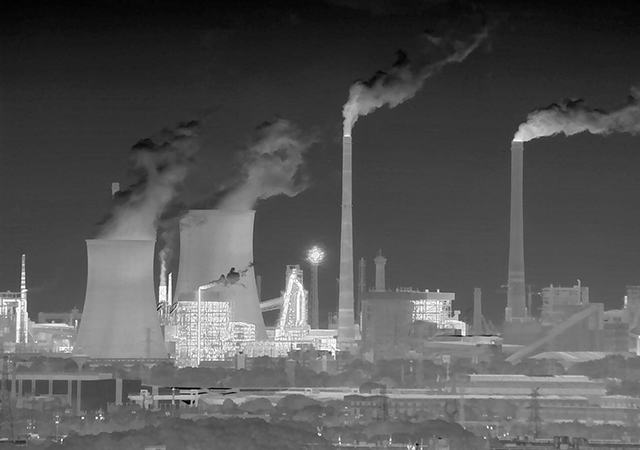Infrared focal plane detector that is inside thermal imaging module can absorb thermal radiation of the target and generate infrared images. It can help us see things that are invisible to the naked eye and provide accurate non-contact temperature measurement.
However, when using an infrared detector, there may be issues such as blurry infrared images and noise, which are caused by defects in the pixels on the infrared focal plane detectors.
What are the bad pixels?
Pixels on the infrared focal plane detector may have issues or defects, appearing as black or white spots on the video monitor, which are called bad pixels.
Causes of defects
The formation process of each light-receiving point array on the infrared detector may have flaws, or errors during the signal conversion process, resulting in inaccurate information from some pixels in the image and defective pixels in the image.
Different technologies and sensor manufacturers, especially for some low-cost and consumer-grade infrared sensors, may have a higher number of bad pixels.
In addition, if the infrared detector module is used in long-term and high-temperature environments, it may lead to more defective pixels on the infrared detector, which can degrade the clarity, integrity, and accuracy of infrared thermography.

Classification of defects
1.Static defects
Bright spots: the brightness value of a pixel is significantly greater than the incident light multiplied by the corresponding proportion. The brightness of the bright spot increases significantly with longer exposure time.
Dark spots: the value of the pixel is close to 0 regardless of the incident light.
2.Dynamic defects:
Within a certain pixel range, a point appears normal, but beyond that range, the point appears brighter than the surrounding pixels. The visibility of dynamic defects becomes more pronounced with higher sensor temperature or gain.

Defect Correction
1.Correction for static defects
Static defect correction is based on an existing static defect table, comparing the current coordinates with the coordinates in the static defect table. If they match, the point is identified as a bad pixel, and the correction calculation is performed to correct it.
Static defects have size limitations due to hardware design, as large amounts of memory are required. Therefore, static defects cannot be corrected without limits. Once the static defect table is written into the memory of the infrared detector, the data processing center module will automatically replace the displayed bad pixels with the corrected results.
2.Correction for dynamic defects
Dynamic defect correction can detect and correct hot spots and dark spots of the sensor in real-time. The number of defect corrections in dynamic mode is not limited. However, the correction of dynamic defects is relatively uncertain compared to static defect correction.
The dynamic data processing center can be divided into two steps: defect detection and defect correction.

Go Top